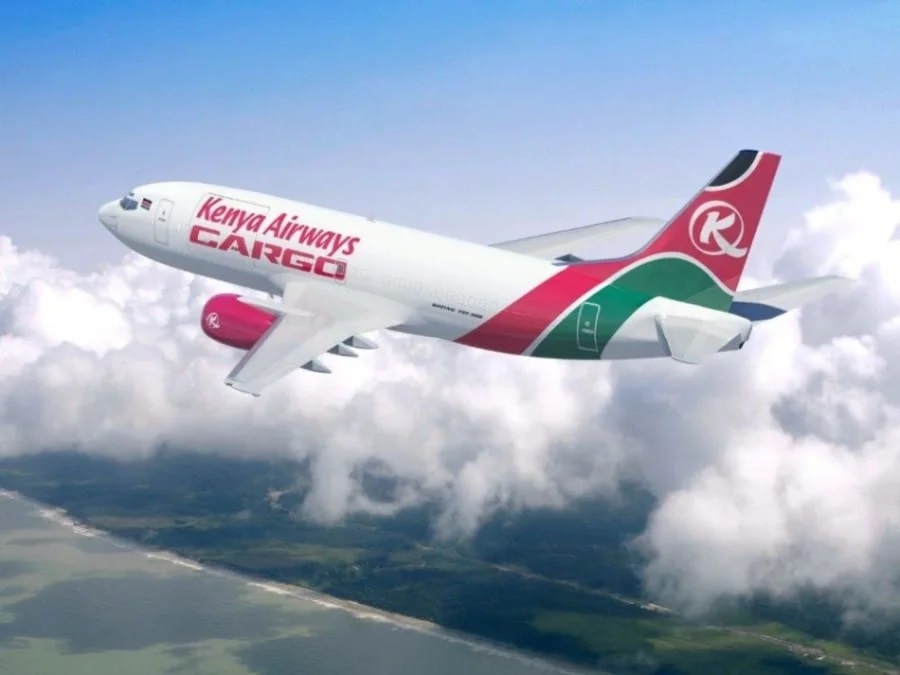by VIctor Okeyo

The Kenya flower industry, valued at Kshs. 110 billion annually, heavily relies on efficient logistics to maintain its global market dominance. However, soaring freight costs have become a significant concern for flower exporters. Since 2020, air freight charges have surged by over 100%, impacting the sector’s profitability.
Clement Tulezi, CEO of the Kenya Flower Council, states, “Freight costs have skyrocketed in the last few years, making it harder for our exporters to remain competitive. We need urgent solutions to ease this burden and sustain the industry’s growth.”
Since November 2024, freight costs have surged from USD 2.1 to 4.3 per kilo, placing significant pressure on the flower industry. With 97% of Kenya’s flowers transported by air, the sector is highly vulnerable to these fluctuations. Exporters now face the difficult decision of absorbing the higher costs or passing them on to buyers, further straining the sector’s financial stability.
In addition, Nairobi’s Jomo Kenyatta International Airport (JKIA) has been experiencing inconsistent cargo space availability, which causes export delays. These issues have been worsened by global supply chain disruptions, especially the Red Sea crisis and geopolitical tensions.

Consequently, some freight companies have diverted capacity to more lucrative cargo, leaving fewer slots for fresh produce, including flowers. As Tulezi highlights, “Our exporters struggle to secure enough cargo space, especially during peak seasons. Without intervention, our competitive advantage is at risk.”
The Potential of Sea Freight
In response to rising air freight costs, the industry is turning to sea freight as a potential alternative. Shipments via sea freight increased from 5 to 25 containers per week between 2021 and 2023. By 2030, Kenya aims to transport 50% of its flowers by sea, reducing dependence on costly air freight.
However, shipping flowers by sea comes with challenges. The transit time is 40-50 days, raising concerns about flower freshness. To address this, the industry needs improved cold chain infrastructure, including more efficient refrigerated containers. Furthermore, instability in maritime routes, such as the Red Sea, poses additional security risks. These challenges underscore the need for strategic solutions to make sea freight a viable option.
Proposed Solutions and Industry Recommendations
Several proposed solutions aim to address these challenges and optimize the shift to maritime transport. First, government interventions are crucial. Lowering port charges at JKIA would reduce export costs, making it easier for exporters to absorb rising logistics expenses. Licensing additional freighters could increase competition, stabilizing prices and improving cargo space availability. Additionally, offering incentives for airlines to prioritize fresh produce shipments would ensure air freight remains viable for time-sensitive deliveries.
Strengthening cold chain infrastructure is also key. Expanding investment in refrigerated shipping containers will help preserve flower quality during longer transit times, especially for sea freight. Partnering with logistics providers to improve efficiency and reduce transit times would further enhance the viability of maritime transport. Finally, encouraging innovation in flower preservation technologies could extend shelf life, mitigating the risks of longer shipping periods.
Tulezi emphasizes, “Through innovation and collaboration, we can safeguard our market position and ensure sustainable growth for our flower exporters.”
